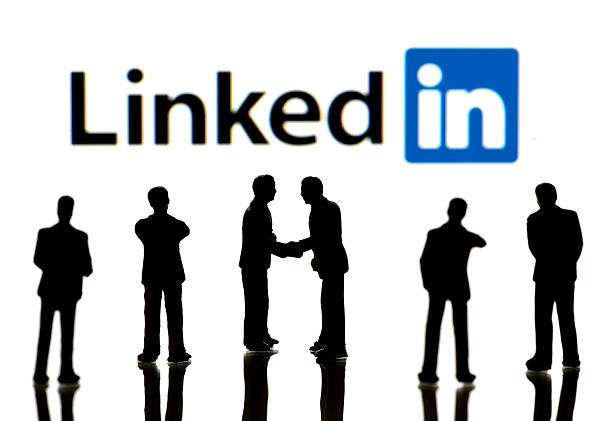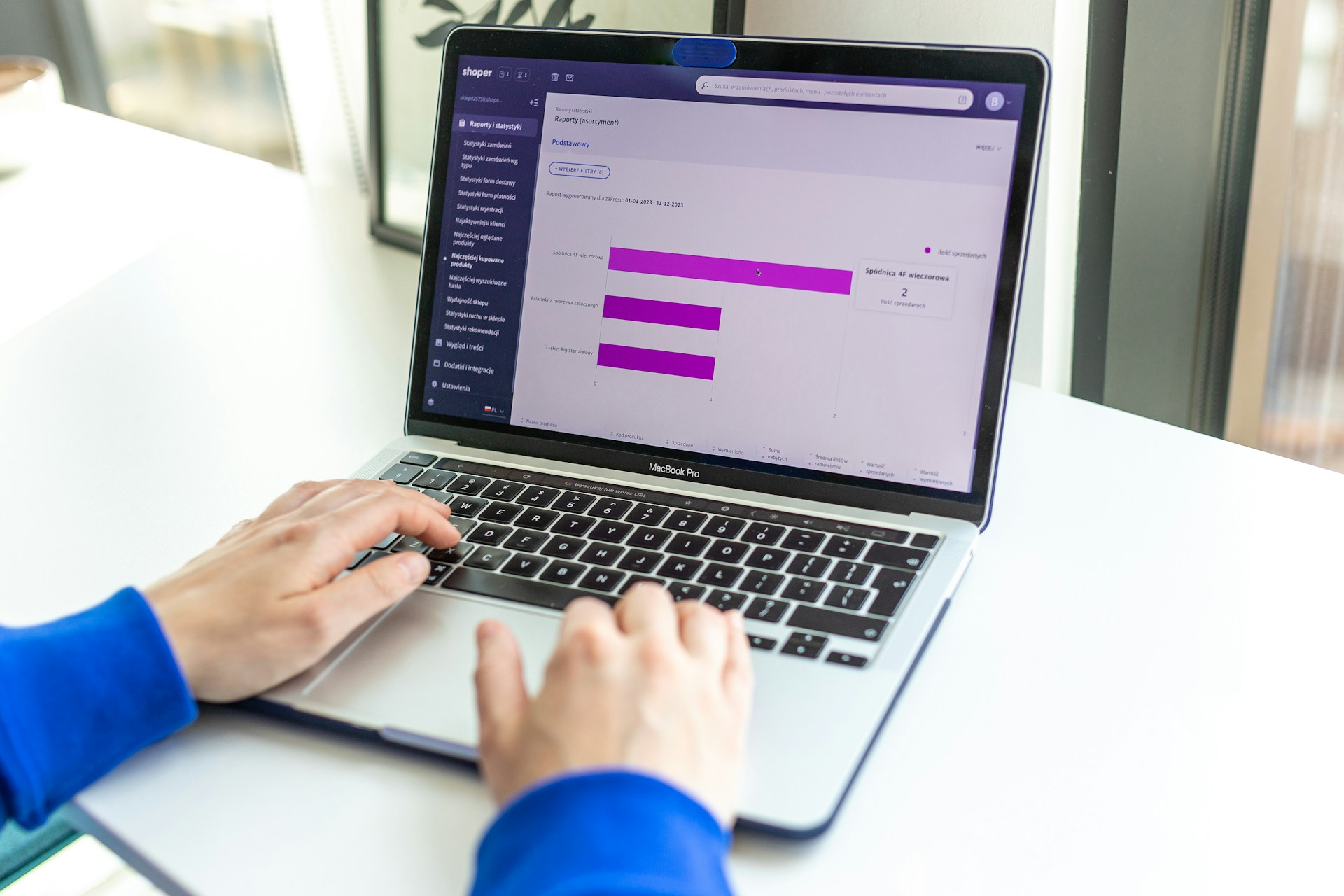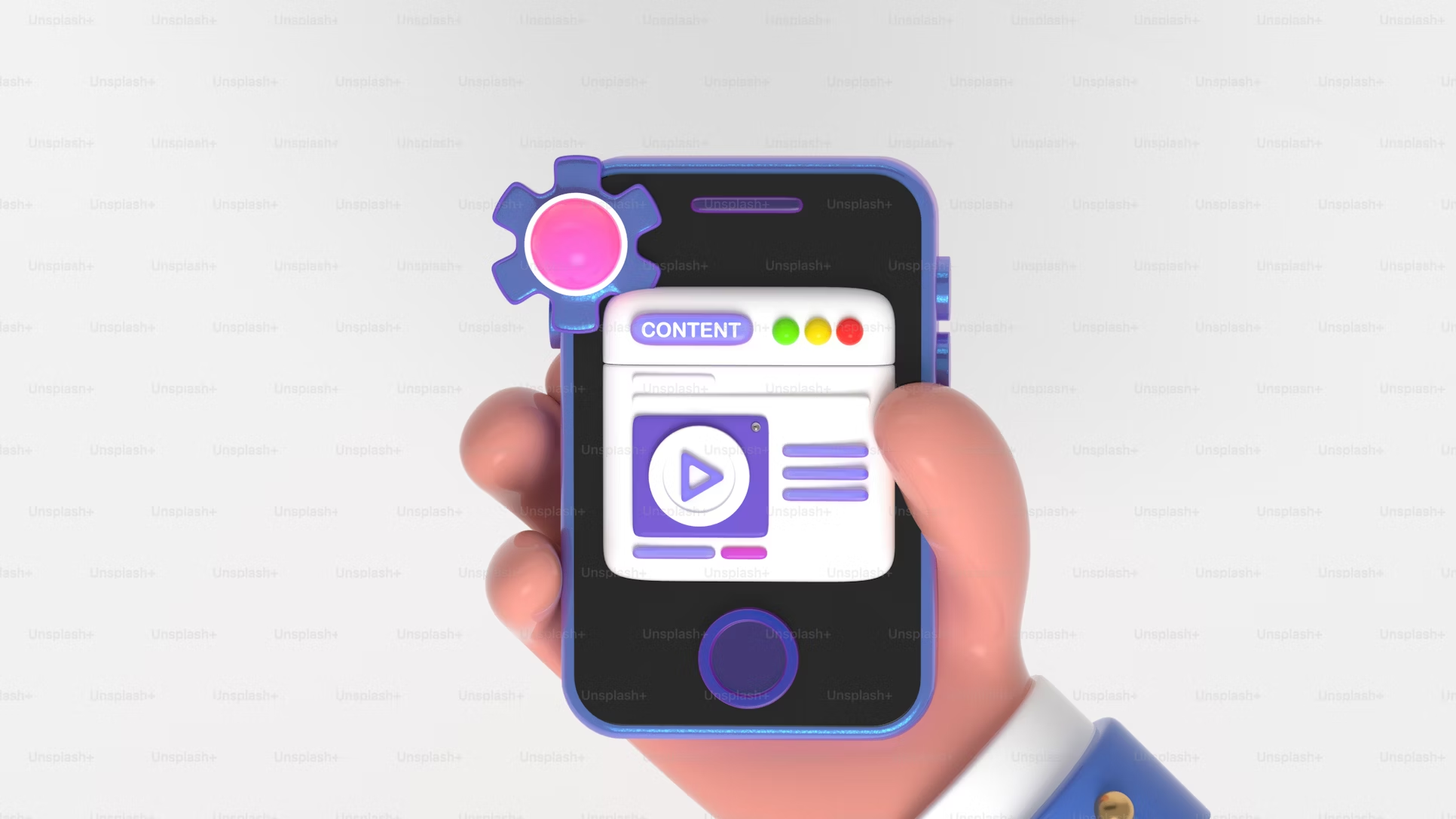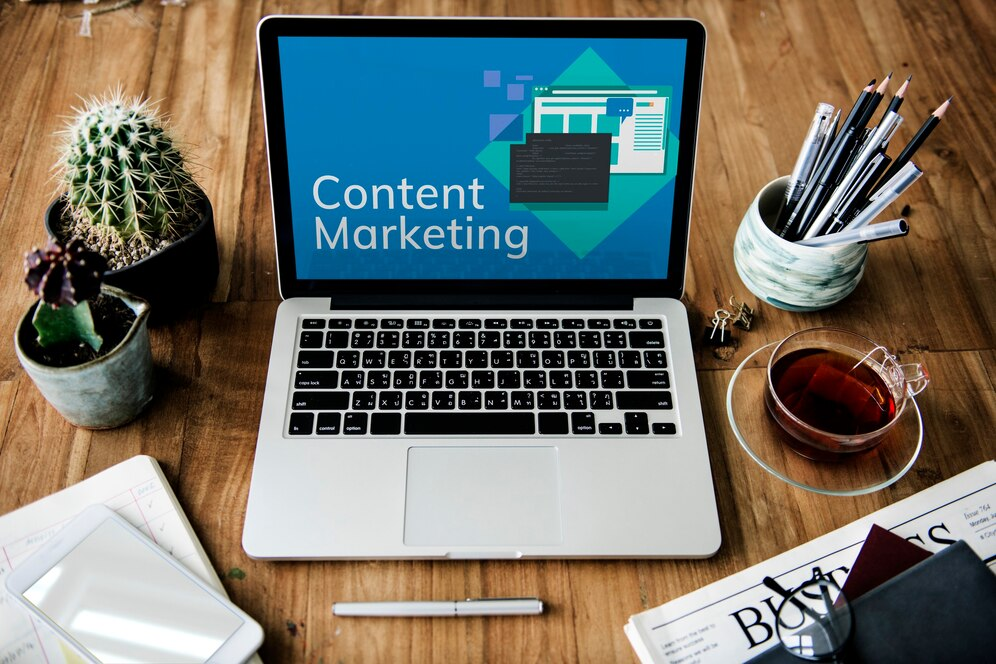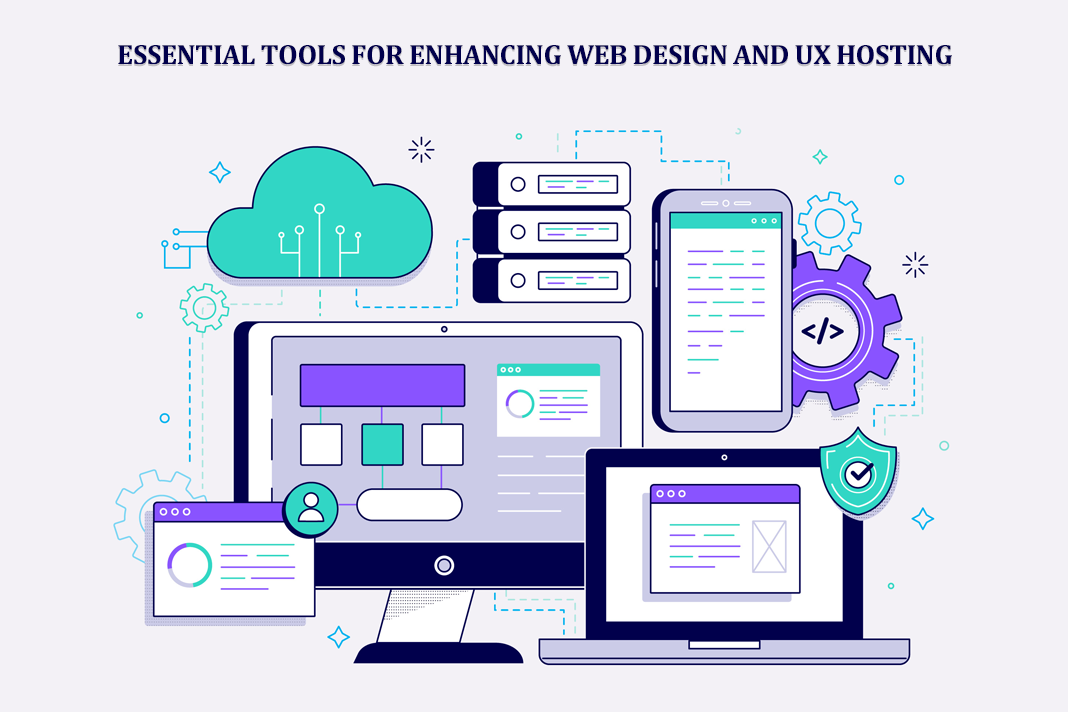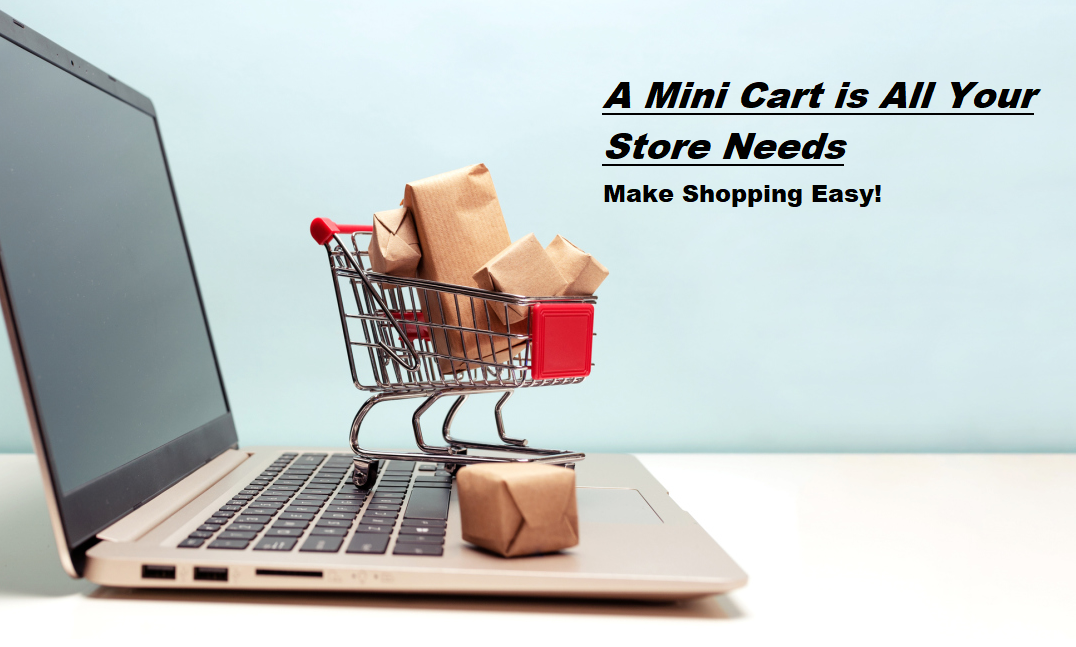What is the difference between Connecting and Following on LinkedIn?
LinkedIn, being the largest network of working professionals, gives you two ways of building and growing your network. Either “connect” with people, or simply “follow” them.
Quick Links
The same feature that you must have seen in Facebook too!
But don’t you realise, each of these options is different in the sense of how much you can access someone’s info, including the contacts and the content, and vice versa.
We’ll talk about that in a while, but first let’s get familiar with each of these options separately, so as to be able to grasp the subtle similarities as well as the fair range of differences.
What is Connecting on LinkedIn?
Connecting with someone on LinkedIn means befriending someone you know and trust.
You can do that by clicking on the “connect” button that’s on the top right of a profile page, right next to the profile photo.
(“Connect” would always be the default settings as set by LinkedIn, but you can always change it to “follow”.)
Moving on, when you connect with someone, you don’t need to follow them separately as both of you would start following each other automatically.
As a result, you’d be able to see each other’s info, contacts, posts, shares, and photos, as well as be able to send and receive messages, and establish other modes of communication such as audio or video chat.
As a connection, you become a first-degree or first-level connection for the other person. Your direct connections become his/her 2nd-degree connections, and their direct connections become his/her 3-rd degree connections, and vice versa. And it goes on the same way creating a spiral web of connections.
The first-level connections are in the innermost circle, followed by the circle of 2nd-level connections, and so on.
Now, in case you don’t want to see someone’s posts and articles but want to remain connected, you can unfollow them without even breaking the connection. This will let you communicate with those connections, and access their network without having to see what they post.
What is Following on LinkedIn?
Following on the other hand is to be around those you admire but don’t personally know. This includes influential people, thought leaders, and popular figures from various sectors.
Since famous people tend to be admired by a large number of fans, they receive an overwhelming number of connection requests from people they don’t know. Such profiles mostly have the “follow” button instead of “connect” which allows visitors to have some limited access.
So while you’d be able to see their posts and shares in your newsfeed, you won’t be able to see their contact info or connections, and won’t be able to communicate with them by any means be it texting, audio, or voice sharing.
Moreover, the person you follow won’t see anything from your profile unless they follow you too.
(I know that hurts, but it’s all for a good reason.)
You see, by having a follow button instead of connecting, you’d be able to reach a significantly larger audience who don’t necessarily have to be your connection in order to read your content and follow your activity.
Besides, LinkedIn does not allow more than 30,000 first-level connections in a single profile. Wherein, you can only send up to 5000 invitations to connect. Although more than sufficient for a common person, the number is relatively low for someone in the limelight with who everybody wants to be friends.
Big brands and multinational companies can have more than a hundred million connections on LinkedIn. While the average number of connections remains 400 for individual profiles.
But having too many unknown connections on your personal profile can compromise the quality of your overall experience on any social media site for that matter.
To avoid that, you should only connect with people you know and trust, while letting those you don’t know to follow you, as there is no such limit to the number of followers that one can have in LinkedIn.
With that said, let’s take a closer look at the major differences between connecting and following on LinkedIn.
Key Differences between Connecting and Following in LinkedIn
| CONNECTING | FOLLOWING |
| Connecting is a two-way relationship. | Following is a one-way street. |
| Connections are ideal for people who know and trust each other. | Following is when you admire someone but don’t necessarily know them, yet want to know what they have to say. |
| Both members of a connection can fully access each other’s activities, including personal info, e-mail address, contacts, connections, posts, shares, images, content, and so on. | Followers can see limited sections of a profile they follow, mainly what they post and publish for public viewing. |
| Send and receive messages. | Cannot send or receive messages (unless you have a free messaging service in LinkedIn). |
| Communication by other means. | No communication between followers and the followed unless the latter follows the follower. |
| Limited number of connections. (100 requests per week per profile.) | Unlimited number of followers. |
| One or limited number of connections can be addressed. | Significantly larger number of audiences can be drawn to your content and articles. |
| Direct connections can be endorsed for their skills. | Indirect promotion with followers using articles and content. |
| Can recommend or request a recommendation from a connection. | Cannot get recommendation from those you follow, but from your followers. |
As you can see, connecting with someone does bring many advantages to the table which the following does not. But that does not mean that following is useless as it’s the only way to deal with an overwhelming number of connection requests from people you don’t know.
Plus, there are other ways of sending a private message to someone you admire and follow but can’t connect with. There are many premium and free services in LinkedIn that lets a follower send direct messages to the person they follow without having to connect with them.
For more info on that, kindly visit Linvo, a powerful automation tool that you can utilize to automate and streamline the workflow of many time-consuming processes and generate more leads, sales, and revenue.
Why WooCommerce is the Best Choice for Your Online Store?
WooCommerce stands out as a top option for anyone looking to build an online store. This platform…
0 Comments8 Minutes
How to Use AI-Powered SEO Tools for WordPress eCommerce
SEO is a critical factor in the success of any e-commerce WordPress store. As competition…
0 Comments11 Minutes
Why Short-Form Videos Are the Future of Content Marketing
Your Instagram customers spend over 50% of their time watching short-form videos and reels. Rather…
0 Comments12 Minutes
The Role of Digital Marketing in Business Growth
Online marketing touches every aspect of a business, whether it is initiating the idea or for an…
0 Comments3 Minutes
AI Meets Authenticity: Balancing Automation and Human Touch in Content Marketing
Is your brand starting to sound like a robot? In a world where algorithms write faster than any…
0 Comments8 Minutes
Essential Tools for Enhancing Web Design and UX Hosting
Have you ever visited a website that felt slow, clunky, or confusing? A website that is poorly…
0 Comments11 Minutes
How a Mini Cart Transformed My Store’s Shopping Experience
Okay, real talk—running an online store is hard. You think you’ve got everything figured out, you…
0 Comments9 Minutes
Balancing Your Security Initiatives With Industry Compliance Requirements
Managing a business today comes with a number of daily battles that need to be fought. Resources…
0 Comments11 Minutes
